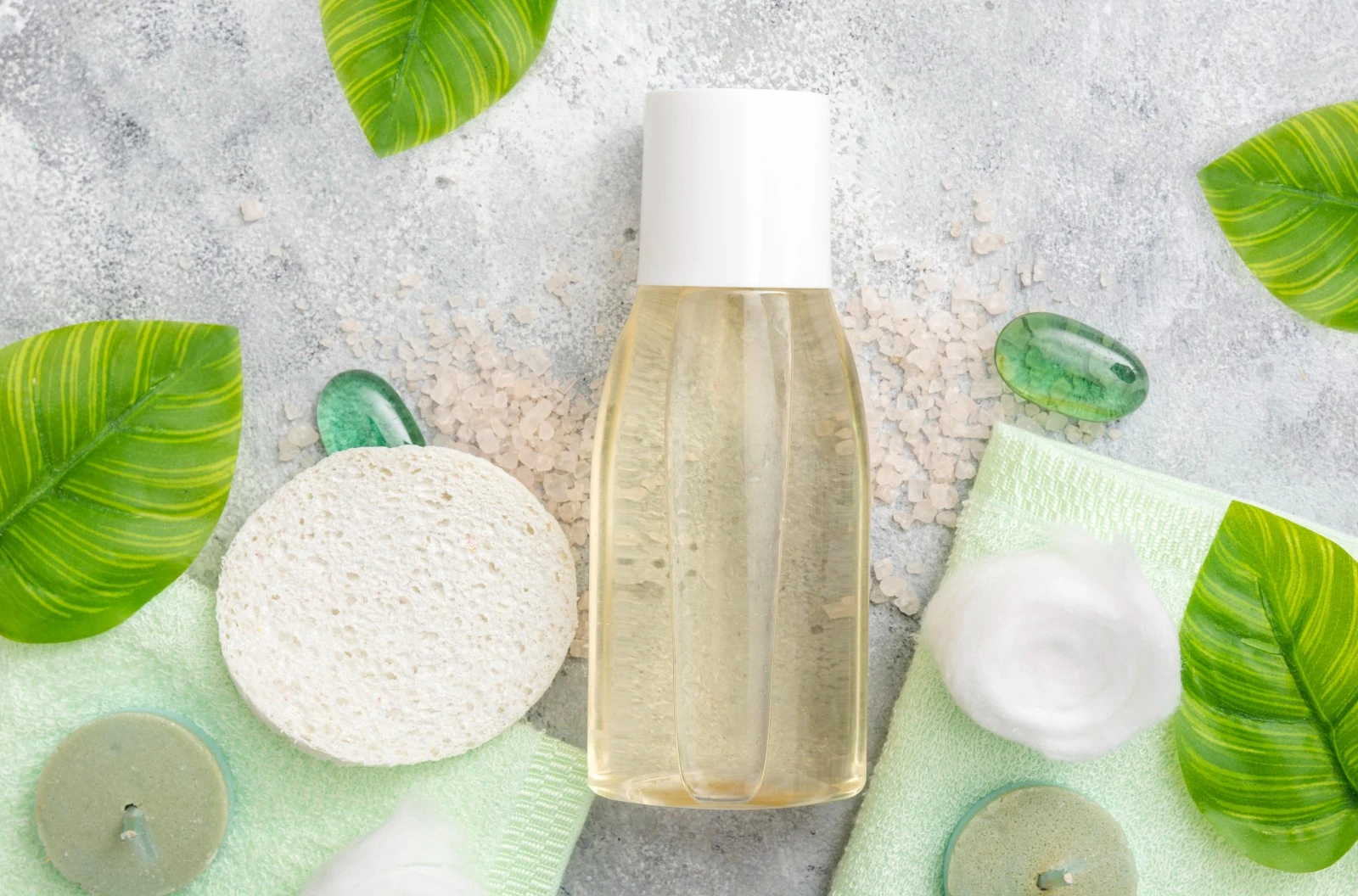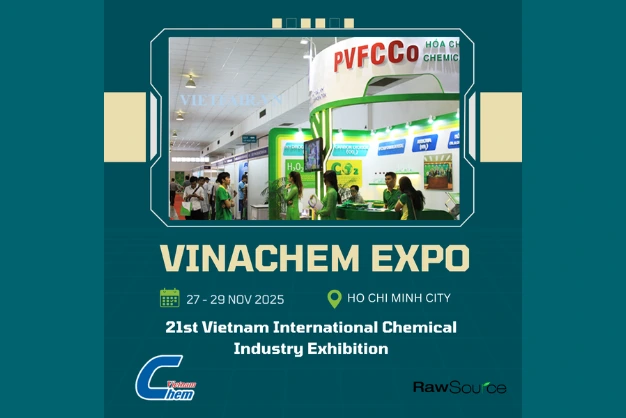Foam is a mass of small bubbles formed on or in a liquid. These bubbles are typically created when air or gas is dispersed in a liquid. Foam can be beneficial in some cases, like in firefighting foams, but often it poses challenges.
Foam consists of gas bubbles trapped in a liquid or solid matrix. It can vary in stability, with some foams being persistent and others quickly dissipating. The stability of foam depends on factors like surface tension and the presence of surfactants.
Industrial Processes: In manufacturing, foam can form during mixing, agitation, or chemical reactions.
Food Production: Foam is common in dairy processing, brewing, and fermentation, affecting product quality and yield.
Household Products: Detergents and cleaning agents often produce foam, which can be desirable or problematic depending on the application.
Operational Inefficiencies in Industrial Processes: Foam can clog equipment, reduce process speeds, and increase maintenance costs.
Quality Issues in Food and Beverages: Unwanted foam can lead to inconsistent product quality and spoilage.
Challenges in Water Treatment and Other Applications: Foam can hinder the treatment process, leading to inefficiencies and higher operational costs.
Natural defoamers are made from renewable resources and are typically biodegradable. They are free from synthetic additives, making them safer for the environment and human health. Key characteristics include:
Biodegradability: They break down naturally without harming ecosystems.
Non-toxicity: Safe for use in food production and other sensitive applications.
Environmental Friendliness: Reduced environmental impact compared to synthetic defoamers.
Several natural substances are effective as defoamers, including:
Vegetable Oils: Oils such as soybean and sunflower oil are commonly used for their anti-foaming properties.
Plant Extracts: Extracts from plants like yucca and quillaja have natural defoaming capabilities.
Understanding what is a natural defoamer and its benefits can help industries adopt more sustainable practices, ensuring operational efficiency while protecting the environment.
What is a natural defoamer in terms of health? Natural defoamers are non-toxic and safe for human contact, making them ideal for use in food and beverage industries. These defoamers do not pose health risks, ensuring that products remain safe for consumers.
Using natural defoamers can also be economically beneficial. Although they may sometimes be more expensive initially, their long-term cost-effectiveness is evident. Natural defoamers often require fewer regulatory compliances and can be sourced sustainably, reducing overall costs in the long run.
Understanding the advantages of natural defoamers provides a compelling case for their adoption across various industries. By learning what is a natural defoamer and its benefits, companies can make informed decisions that favor both efficiency and sustainability.
Natural defoamers play a crucial role in various industrial applications. Here’s a closer look at some key areas:
Paper and Pulp Industry: Foam formation during the pulping and papermaking process can lead to operational delays and defects in the final product. Natural defoamers derived from vegetable oils or proteins can effectively control foam, improving the efficiency of machinery and the quality of the paper produced. These defoamers help reduce maintenance costs and enhance overall production efficiency.
Natural defoamers are essential in maintaining quality and efficiency in the food and beverage sector. Key applications include:
Dairy Products: During milk processing and cheese production, foam can lead to product loss and contamination. Natural defoamers, such as lecithin or certain enzymes, help manage foam formation, ensuring high-quality dairy products. These defoamers are safe for consumption and help maintain the natural properties of dairy items.
Brewing and Fermentation Processes: In brewing beer and fermenting other beverages, foam control is critical to maintaining product consistency and quality. Natural defoamers prevent excessive foam during fermentation, ensuring that the process runs smoothly and the final product is clear and stable. This helps in achieving the desired flavor and texture in beverages.
Laundry Detergents: Excessive foam in washing machines can reduce cleaning efficiency and potentially damage the machine. Natural defoamers help control foam levels, ensuring optimal washing performance and protecting appliances. They are gentle on fabrics and safe for use in various washing conditions.
Cleaning Solutions: Foam can impede the cleaning power of solutions by creating a barrier between the cleaner and the surface. Natural defoamers ensure that cleaning products perform effectively by breaking down foam and enhancing the product’s ability to clean surfaces thoroughly. This leads to more efficient cleaning with less effort.
Choosing the right natural defoamer involves evaluating several key factors to ensure it meets your specific needs. Here are the primary considerations:
Effectiveness and Efficiency: The defoamer should be highly effective in controlling foam without requiring large quantities. This ensures that the defoamer is cost-effective and does not alter the properties of the product being treated. Evaluating the performance of a natural defoamer in small-scale tests can help determine its efficiency in real-world applications.
Regulatory Compliance: Ensure that the natural defoamer complies with all relevant regulations and standards. This is particularly important in industries such as food and pharmaceuticals, where safety and regulatory compliance are critical. Check for certifications and approvals from relevant authorities to ensure compliance.
Methods to Test Defoamer Performance: Start by conducting small-scale tests to observe the defoamer’s effectiveness. Common testing methods include:
Shake Test: Shake a solution containing the defoamer and measure the time it takes for the foam to dissipate.
Dynamic Foam Analyzer: Use specialized equipment to measure the foam’s height and stability over time.
Compatibility Test: Mix the defoamer with the actual product or process fluid to ensure it does not cause adverse reactions.
Guidelines for Evaluation and Selection: Based on test results, evaluate the following aspects:
Foam Reduction: Assess how well the defoamer reduces foam and prevents its reformation.
Dosage Levels: Determine the optimal dosage required for effective foam control without overuse.
Cost Efficiency: Consider the cost-effectiveness of the defoamer in terms of both initial purchase and long-term use.
Environmental Impact: Ensure that the chosen natural defoamer is environmentally friendly and biodegradable.
Understanding what is a natural defoamer and how to choose the right one can significantly impact your processes’ efficiency and sustainability. By considering compatibility, effectiveness, regulatory compliance, and thorough testing, you can select a natural defoamer that meets your specific needs and enhances your operations.
While natural defoamers offer many benefits, they also come with certain challenges and limitations:
Limitations in Certain Applications: Natural defoamers may not be as effective in some highly specialized or extreme industrial applications where synthetic defoamers excel. For example, in processes involving very high temperatures or aggressive chemicals, natural options might not perform as well.
Potential Need for Higher Dosages: Compared to chemical defoamers, natural defoamers might require higher dosages to achieve the same level of foam control. This can impact cost-effectiveness and may require more frequent application, which could be a consideration in large-scale operations.
Despite these limitations, several strategies can enhance the effectiveness of natural defoamers:
Optimizing Formulations: Adjusting the formulation of natural defoamers can improve their performance. This might include combining different natural ingredients to achieve a synergistic effect, thus enhancing foam control while maintaining environmental friendliness.
Customizing Solutions: Tailoring the defoamer to specific applications can help overcome some of its limitations. For instance, developing application-specific natural defoamers that cater to the unique requirements of different industries can improve effectiveness.
Continuous Monitoring and Adjustment: Regularly monitoring foam levels and adjusting the defoamer dosage can help maintain optimal performance. Implementing feedback mechanisms in industrial processes can ensure timely adjustments and sustained effectiveness.
Innovations and Ongoing Research: The field of natural defoamers is continually evolving, with ongoing research and innovation aimed at improving their performance. Advances in biotechnology and natural chemistry are leading to the development of more effective and efficient natural defoamers. For instance, researchers are exploring new plant extracts and bio-based materials that offer superior foam control capabilities.
Understanding what is a natural defoamer and its potential challenges helps in making informed decisions. By optimizing formulations, customizing solutions, and keeping abreast of innovations, industries can effectively utilize natural defoamers to meet their foam control needs while promoting sustainability.





